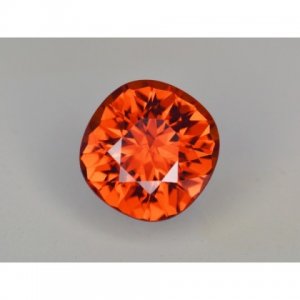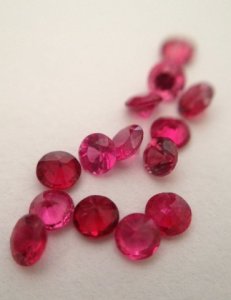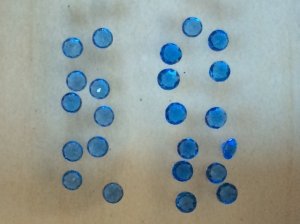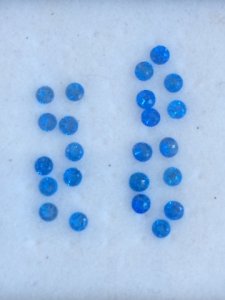- Joined
- Jan 6, 2016
- Messages
- 239
I'm wondering why some cut stones show this darker rim on around their edges...does that indicate a bad cut?
Here are example pics (and I don't mean to pick on any particular cutter, I see these frequently):
Same stone different lighting, just to show it's not the lighting causing the rim:
I see this issue often on colored melee. Very apparent when you place the stones table down, some will have the rim and some less or not at all. How does this affect light performance?


Here are example pics (and I don't mean to pick on any particular cutter, I see these frequently):
Same stone different lighting, just to show it's not the lighting causing the rim:
I see this issue often on colored melee. Very apparent when you place the stones table down, some will have the rim and some less or not at all. How does this affect light performance?









300x240.png)